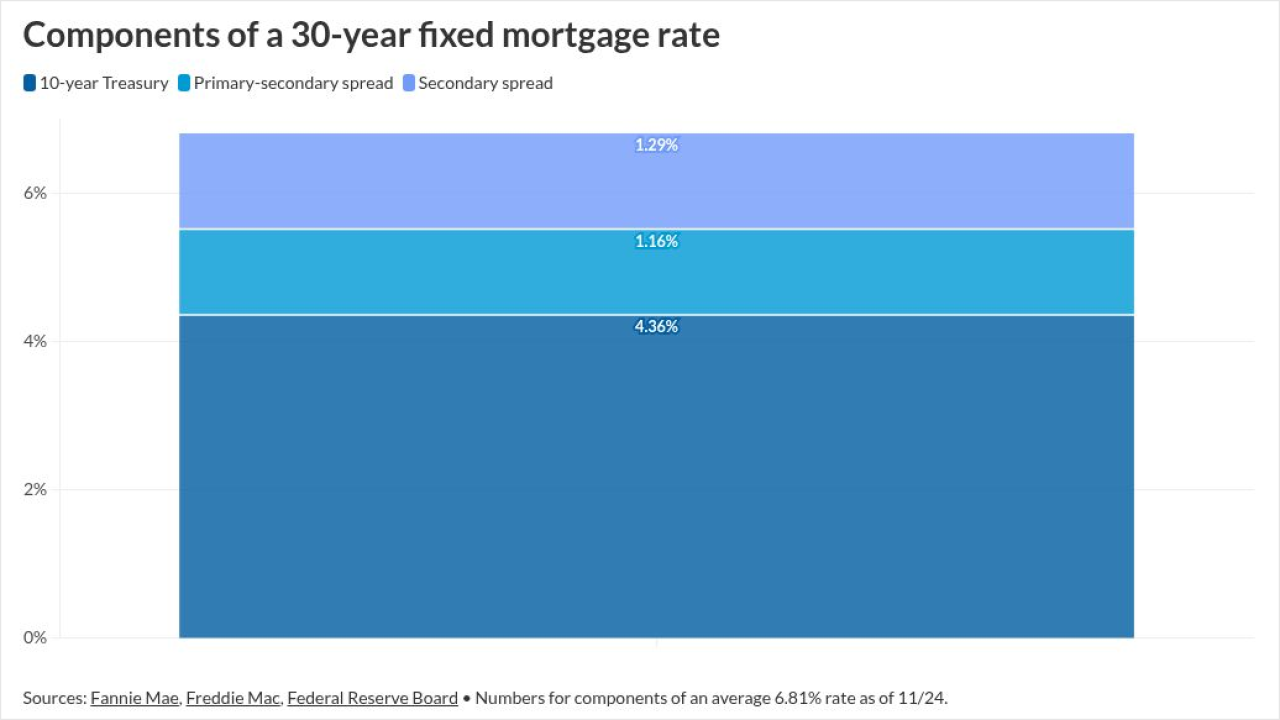The Federal Housing Finance Agency issued its final rule regarding public disclosure requirements for Fannie Mae and Freddie Mac on corporate governance, risk management, capital structure and capital requirements, aligning the government-sponsored enterprises with
The GSEs must issue their initial public disclosure reports under this final rule in the first quarter of 2023. This allows Fannie Mae and Freddie Mac to establish internal reporting and governance functions and will minimize duplicative reporting by aligning the schedule of annual qualitative disclosures with their annual 10-K filings with the Securities and Exchange Commission, the final rule said.
"By allowing market participants to assess key information about the Enterprises' risk profiles and associated levels of capital, this final rule will promote transparency and encourage sound risk management practices at the Enterprises," said Sandra Thompson,
Both Fannie Mae and Freddie Mac deferred to the FHFA for comment.
The Mortgage Bankers Association asked the FHFA to adopt the rule as proposed in its December comment letter.
"MBA supports a key premise of the rulemaking — namely, that allowing all market participants to evaluate these important details about the Enterprises' risk profiles and capital levels should promote market discipline (particularly from investors in Enterprise equity and debt upon their exit from conservatorship) and thereby bolster the safety and soundness of the Enterprises," the letter read.
The combined $84 billion of retained capital as of March 31 leaves the enterprises $174 billion short of what they need under the
It could take between seven and nine years for the two companies to meet their targets, said KBW analyst Bose George.
"However, we note this timeline is highly variable and could be elongated for several reasons," he wrote. "Apart from the variability of earnings, the run rate minimum capital number assumes a meaningful increase in the use of credit risk transfer, which would reduce their risk-based assets and in turn reduced adjusted minimum capital required."




